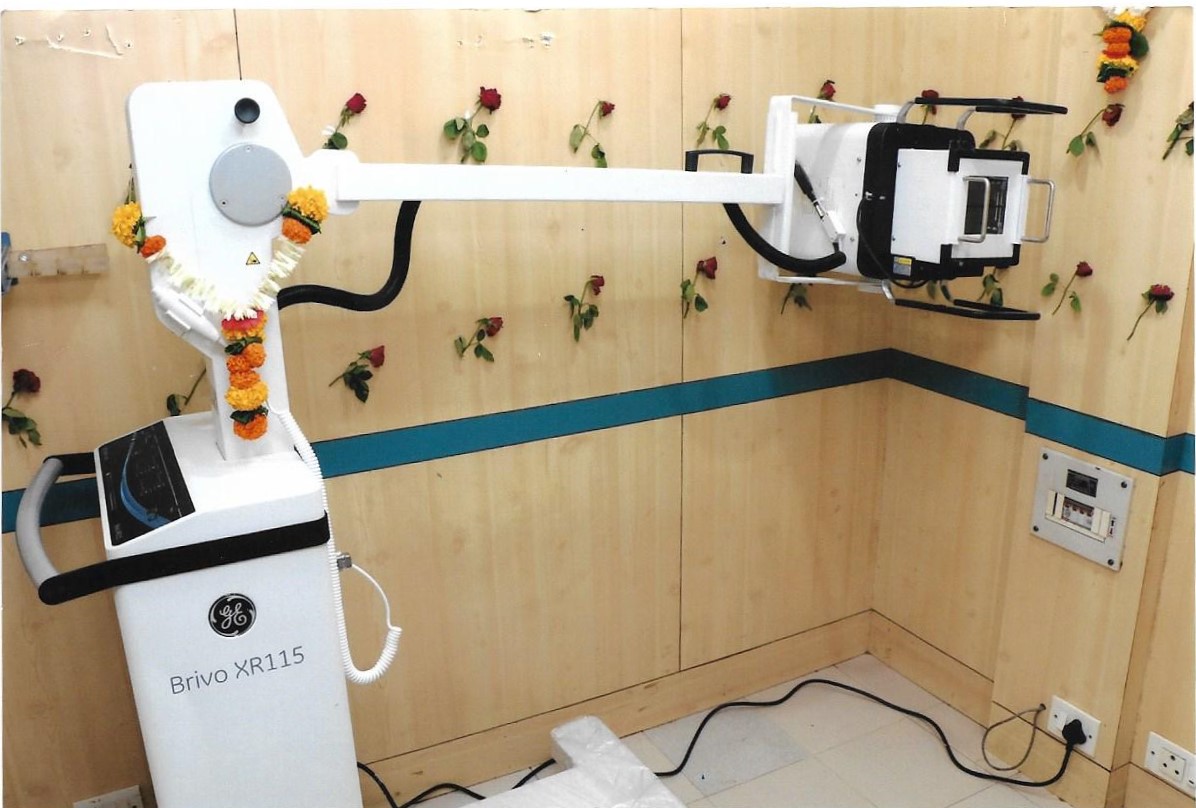X Ray - GSBS Medical Trust Mumbai
An X-ray is a common imaging test that’s been used for decades. It can help your doctor view the inside of your body without having to make an incision. This can help them diagnose, monitor, and treat many medical conditions.
When is an X-Ray done?
You may consider getting an X-Ray for conditions related to bones or chest conditions. X-Rays are commonly used to detect fractures, dislocations, bone & joint conditions such as arthritis, some types of cancer or osteoporosis and for diagnosing chest conditions such as pneumonia, lung cancer, heart failure or emphysema. X-Rays are also used for detecting foreign objects such as in case of swallowed coins. Further, X-Rays are also used by surgeons as a tool to perform an operation accurately.
Please search for your test below to list available X-Ray tests and to find the centre closest to you.
✆ Health Rakshak: 7715026134
✆ Dharavi: 8828871982
✆ Mahim: 8828871981
Note: Female patients should be sure to inform the examiner if they are or may be pregnant because X-rays could be harmful to fetuses. In cases where the benefits of the x-ray outweigh the potential risks, pregnant women may wear a lead apron over their abdomen during the test.
Preparation:
Different types of X-rays require different preparations. Ask your doctor or nurse to provide you with specific instructions.
In general, you undress whatever part of your body needs examination. You may wear a gown during the examination, depending on which area is being X-rayed. You may also be asked to remove jewellery, eyeglasses and any metal objects because they can show up on an X-ray.
Before some types of X-rays, you’re given a liquid called contrast medium. Contrast mediums, such as barium and iodine, help outline a specific area of your body on the X-ray image. You may swallow the contrast medium or receive it as an injection or an enema.
Lumbar spine X-ray requires overnight fasting and clear motion to get a clear image.
Procedure:
Once you’re fully prepared, your X-ray technician or radiologist will tell you how to position your body to create clear images. They may ask you to lie, sit, or stand in several positions during the test. They may take images while you stand in front of a specialized plate that contains X-ray film or sensors. In some cases, they may also ask you to lie or sit on a specialized plate and move a large camera connected to a steel arm over your body to capture X-ray images.
It’s important to stay still while the images are being taken. This will provide the clearest images possible.
The test is finished as soon as your radiologist is satisfied with the images gathered.
Report:
Your report will be made available between 4:30 p.m. and 6:30 p.m.
For any clarifications, kindly email us on info@gsbsmedicaltrust.org or call on the respective centre number.

